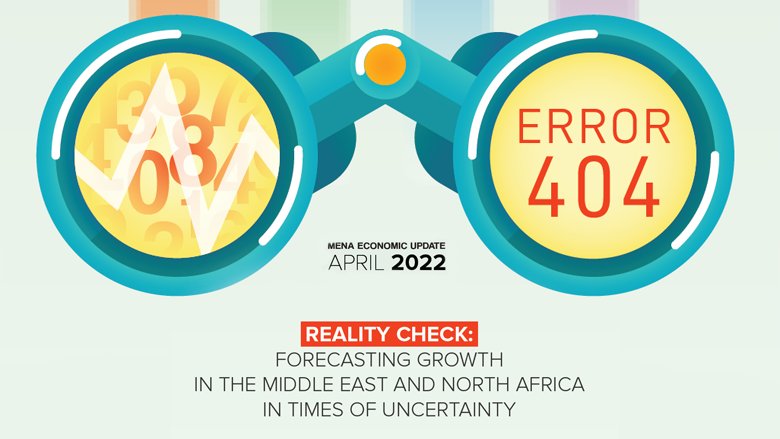This edition of the World Bank MENA Economic Update estimates that the Middle East and North Africa (MENA) region’s economies will grow by 5.2% in 2022, the fastest rate since 2016. However, uncertainty reigns with the unpredictable course of the war in Ukraine and the scientific uncertainty about the evolutionary path of the virus that causes COVID-19. The economic recovery may be uneven as regional averages mask broad differences between countries. Oil producers may benefit from elevated energy prices along with higher vaccination rates for COVID-19, while fragile countries lag. Per capita GDP, which is a more accurate measure of people’s standard of living, barely exceeds pre-pandemic levels due to a lackluster performance for most countries in 2020-2021. If these forecasts materialize, 11 out of 17 MENA economies may not recover to pre-pandemic levels by the end of 2022.
During times of uncertainty, it is important to not be overconfident about the region’s growth prospects. Simply put, forecasting is most valuable when uncertainty reigns. As its title suggests, this edition looks specifically at the reliability of various economic forecasts over the past decade, including those provided by the World Bank, International Monetary Fund and the private sector. The researchers find that growth forecasts have over the past decade been overly optimistic and are often inaccurate due to a lack of timely and transparent data. In the current context of global and regional uncertainty, getting the most accurate forecasts possible is even more important.
For individual country economic growth briefs, click below
Algeria|Bahrain | Djibouti | Egypt | Iran | Iraq | Jordan | Kuwait | Lebanon | Libya | Morocco | Oman | Palestinian Territories | Qatar | Saudi Arabia | Syria | Tunisia | United Arab Emirates | Yemen |
